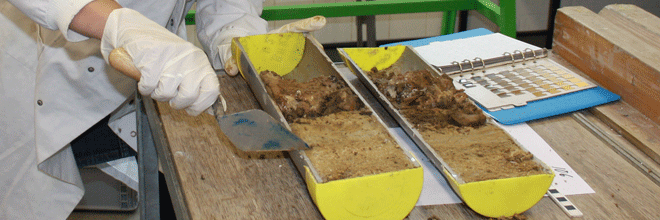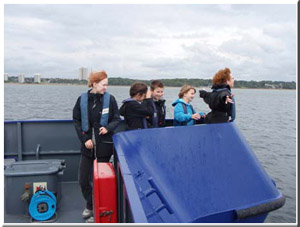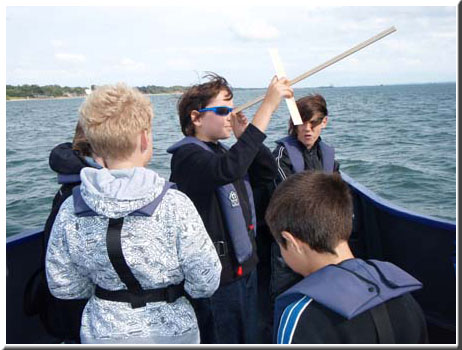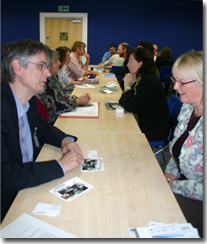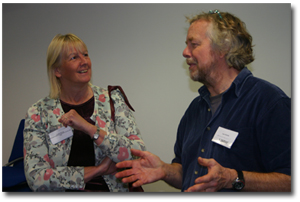DONG Energy
Walney Extension OWF
Archaeological Monitoring Assessment and geoservices
The Walney Extension Offshore Wind Farm Project is a proposed development of up to 207 wind turbines located in the Irish Sea, off the Cumbria coast. When complete it will have a capacity of 750MW and be capable of powering over half a million homes.
Maritime Archaeology Ltd has undertaken several archaeological investigations as part of this project on behalf of the developing company DONG energy.
Firstly a comprehensive desk based assessment was carried out, incorporating English Heritage’s HSC (Historic Seascape Characterisation) methodology. This brought together information from sources relating to sea level change, coastal activity, and known shipwrecks and other wreckage in the area. It used data from the UK Hydrographic Office along with various other historical, geographical and archaeological sources. This assessment makes it possible to identify areas of high archaeological potential and can also inform the other aspects of the study, such as identification of anomalies located by geophysical surveys.
As part of our clients’ need for geophysical surveying, we provided a training day for vibrocore sample collection for borehole contractors. These theoretical and practical sessions allowed contractors to operate without the need for an archaeologist to be present on board the vessel during sample collection, and thus avoided unnecessary expense in the long run.
The outputs of our archaeological and geoservices have meant the recommendation of a number of archaeological exclusion zones following the identification of high and medium potential anomalies. These recommendations will allow work to continue in a way that minimises impact on archaeological features that are beneficial to the current understanding of human activity in the area, from the Late-Pleistocene and into the Mid-Holocene.

